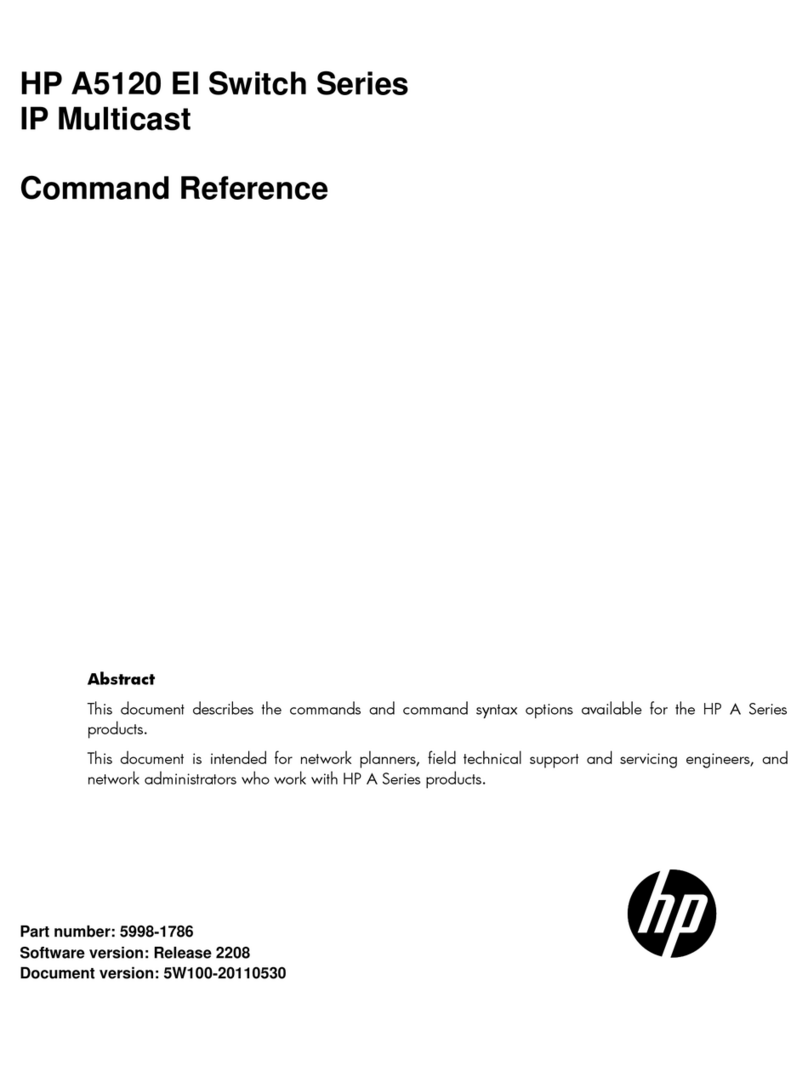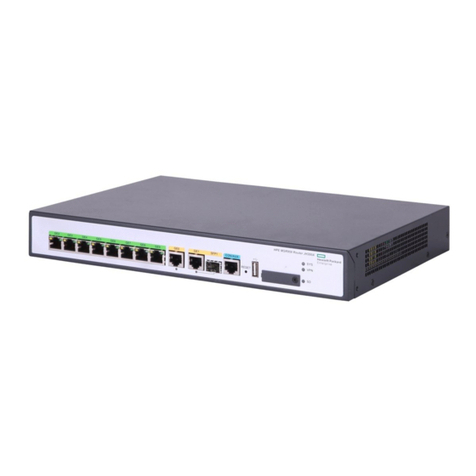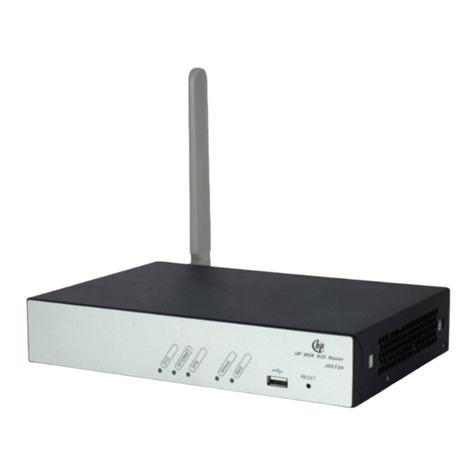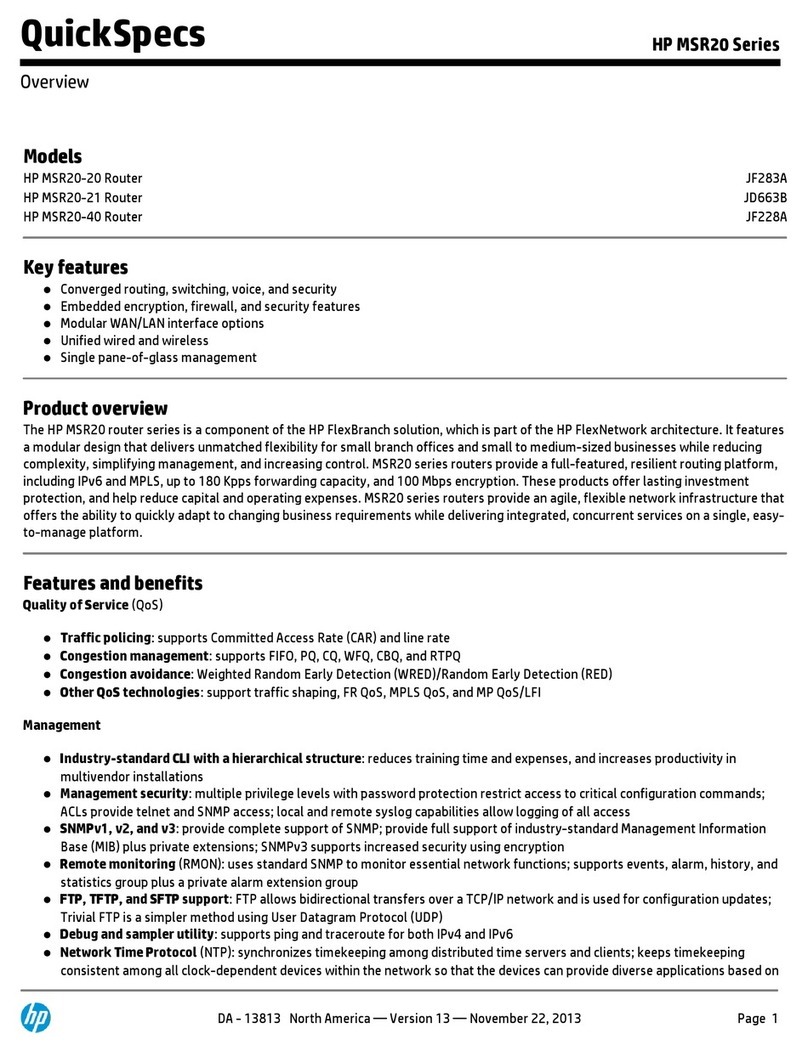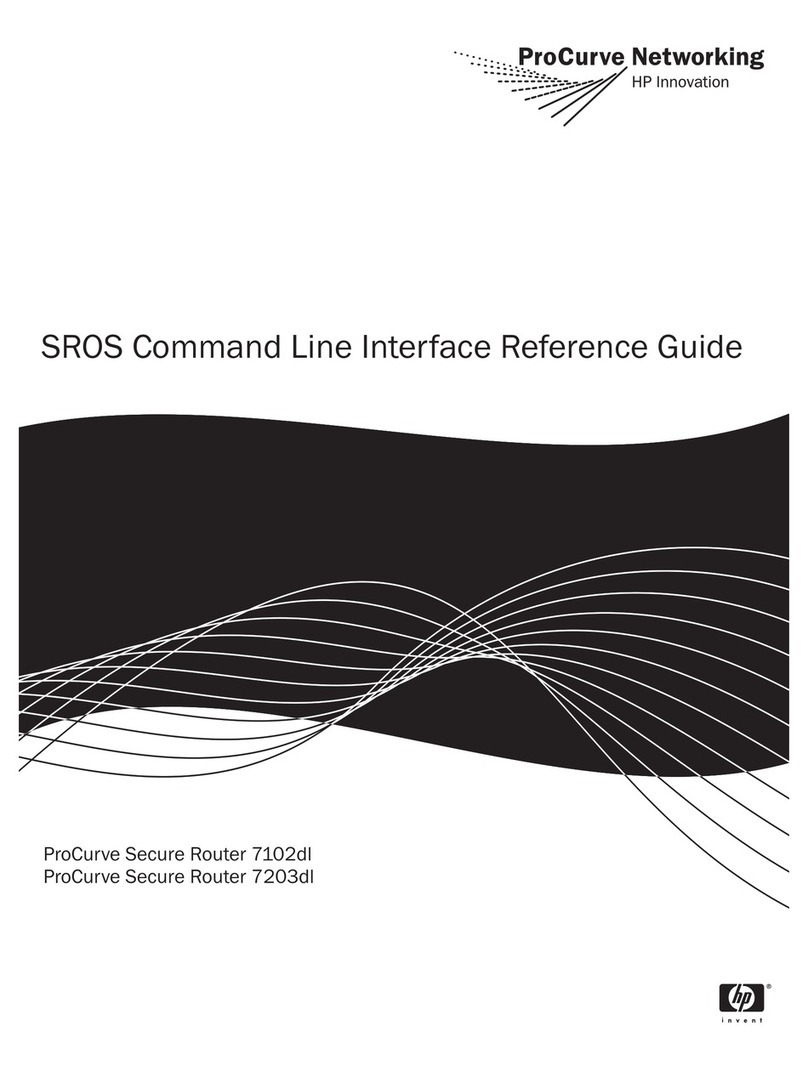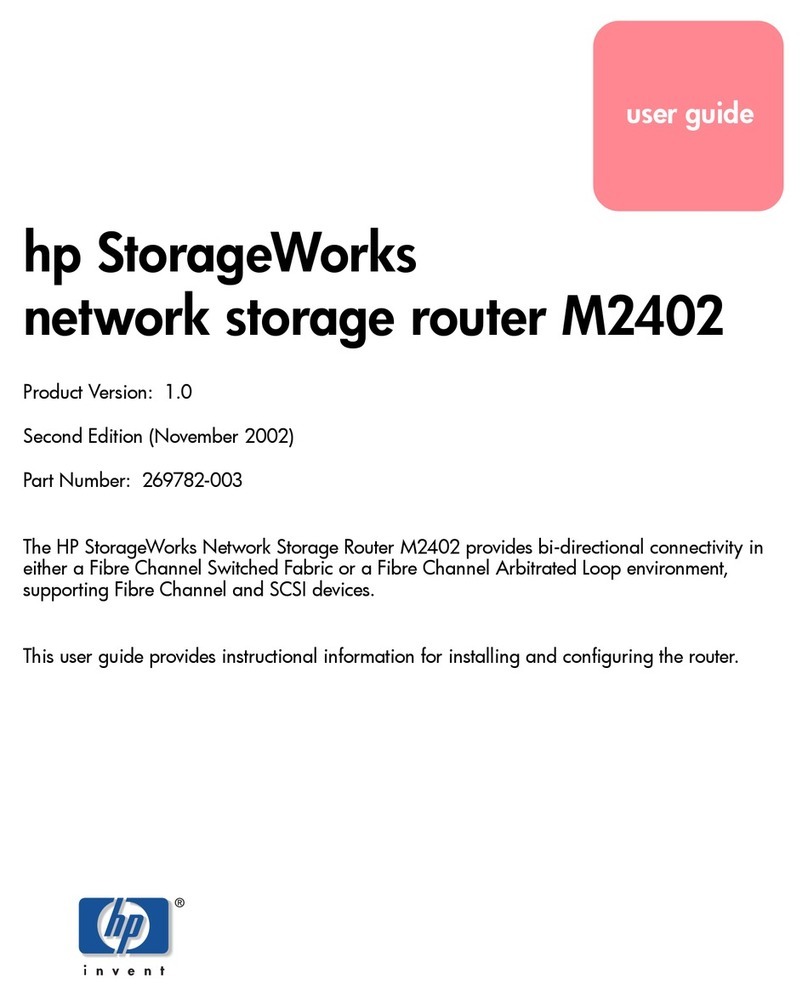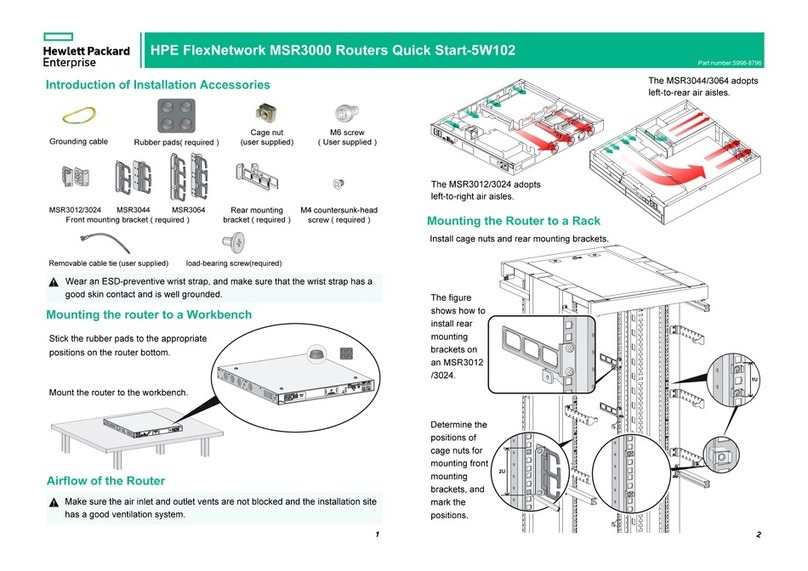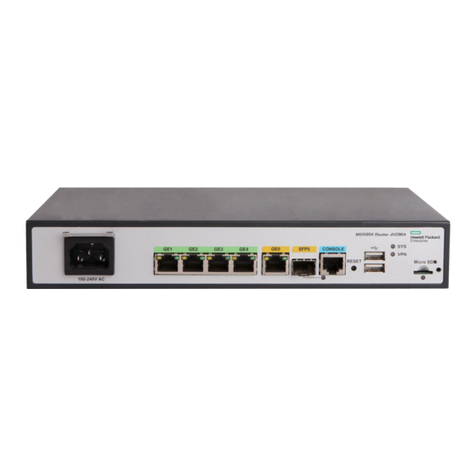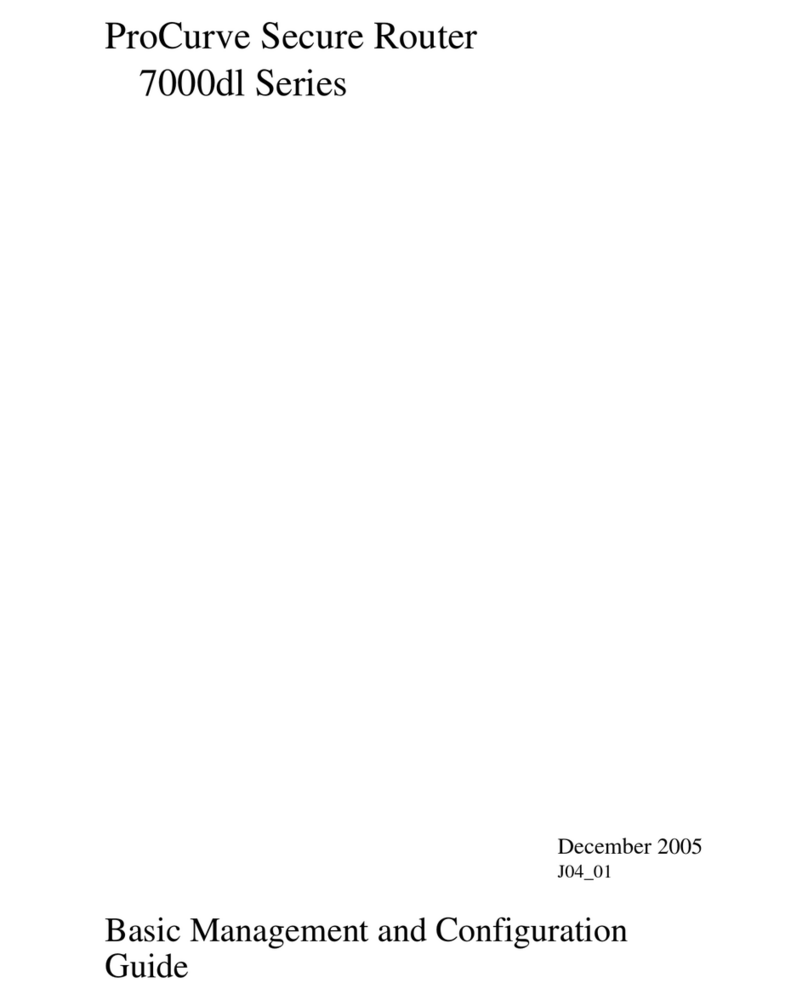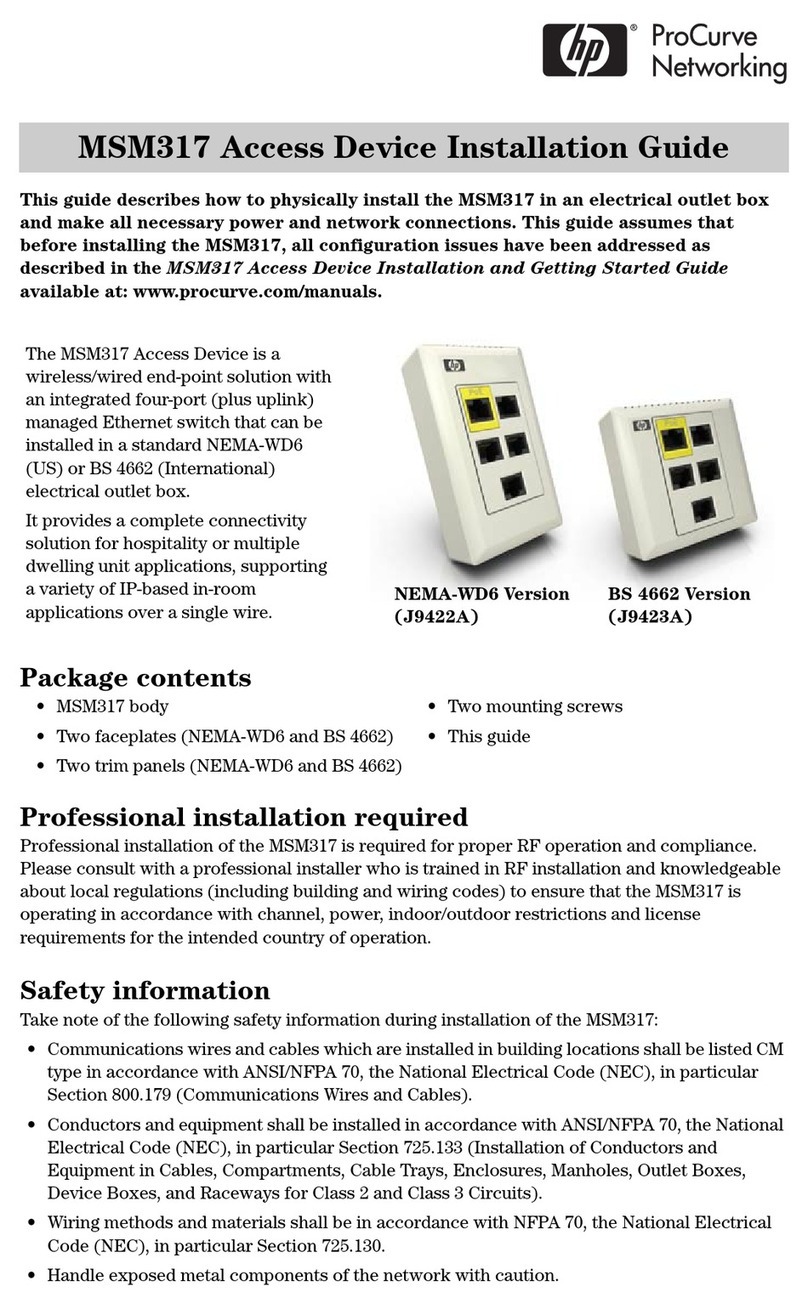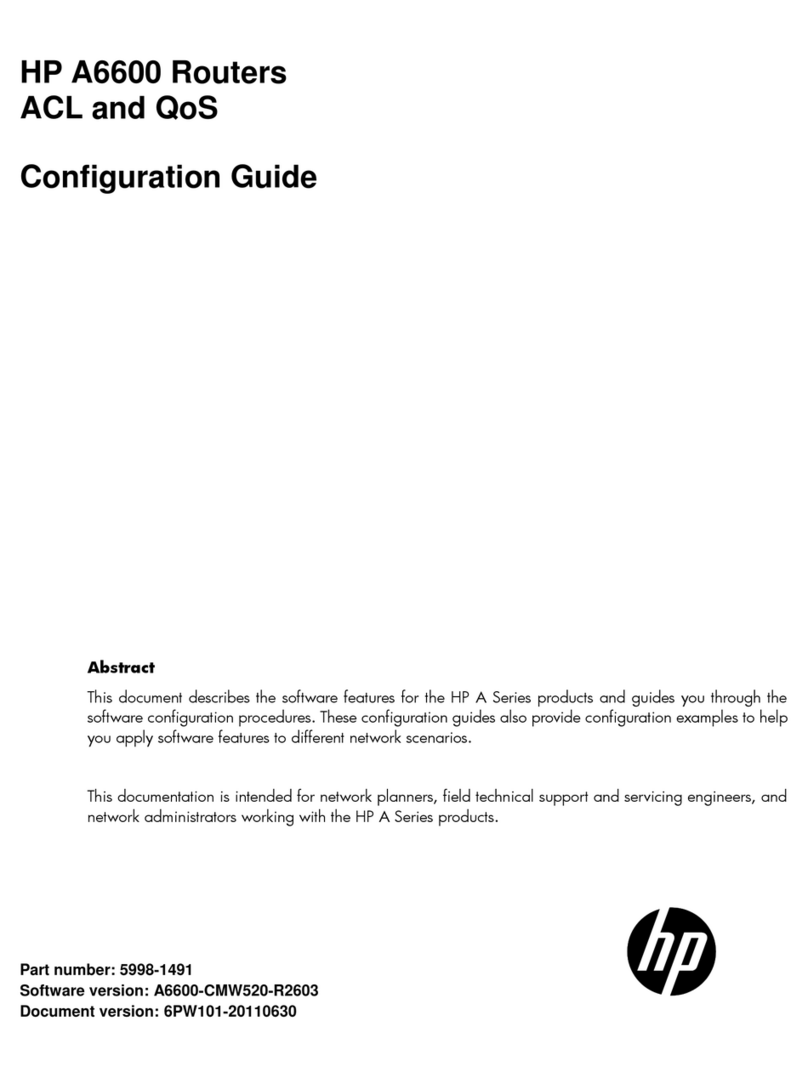
iii
IGMPv1 overview·················································································································································· 82
IGMPv2 enhancements········································································································································· 84
IGMPv3 enhancements········································································································································· 84
IGMP SSM mapping············································································································································· 86
IGMP proxying ······················································································································································ 87
Multi-instance IGMP ·············································································································································· 88
Protocols and standards ······································································································································· 88
IGMP configuration task list ·········································································································································· 88
Configuring basic IGMP functions ······························································································································· 89
Enabling IGMP ······················································································································································ 89
Configuring IGMP versions ·································································································································· 90
Configuring static joining ····································································································································· 91
Configuring a multicast group filter····················································································································· 91
Setting the maximum number of multicast groups that an interface can join ················································· 92
Adjusting IGMP performance ······································································································································· 93
Configuration prerequisites ·································································································································· 93
Configuring Router-Alert option handling methods···························································································· 93
Configuring IGMP query and response parameters·························································································· 94
Configuring IGMP fast-leave processing ············································································································ 96
Enabling the IGMP host tracking function ·········································································································· 97
Configuring IGMP SSM mapping ································································································································ 98
Configuration prerequisites ·································································································································· 98
Enabling SSM mapping········································································································································ 98
Configuring SSM mappings································································································································· 98
Configuring IGMP proxying ········································································································································· 99
Enabling IGMP proxying······································································································································ 99
Configuring multicast forwarding on a downstream interface········································································· 99
Displaying and maintaining IGMP·····························································································································100
IGMP configuration examples ····································································································································102
Basic IGMP functions configuration example···································································································102
SSM mapping configuration example ··············································································································104
IGMP proxying configuration example·············································································································107
Troubleshooting IGMP·················································································································································108
No membership information exists on the receiver-side router ······································································108
Membership information is inconsistent on the routers on the same subnet ·················································109
Configuring PIM······················································································································································ 110
Overview·······································································································································································110
PIM-DM overview ················································································································································110
PIM-SM overview·················································································································································113
BIDIR-PIM overview··············································································································································119
Administrative scoping overview·······················································································································122
PIM-SSM overview···············································································································································124
Relationships among PIM protocols ··················································································································125
PIM support for VPNs··········································································································································126
Protocols and standards ·····································································································································126
Configuring PIM-DM ····················································································································································126
PIM-DM configuration task list····························································································································126
Configuration prerequisites ································································································································127
Enabling PIM-DM·················································································································································127
Enabling state-refresh capability························································································································128
Configuring state-refresh parameters ················································································································128
Configuring PIM-DM graft retry period·············································································································129
Configuring PIM-SM·····················································································································································129
PIM-SM configuration task list····························································································································129
